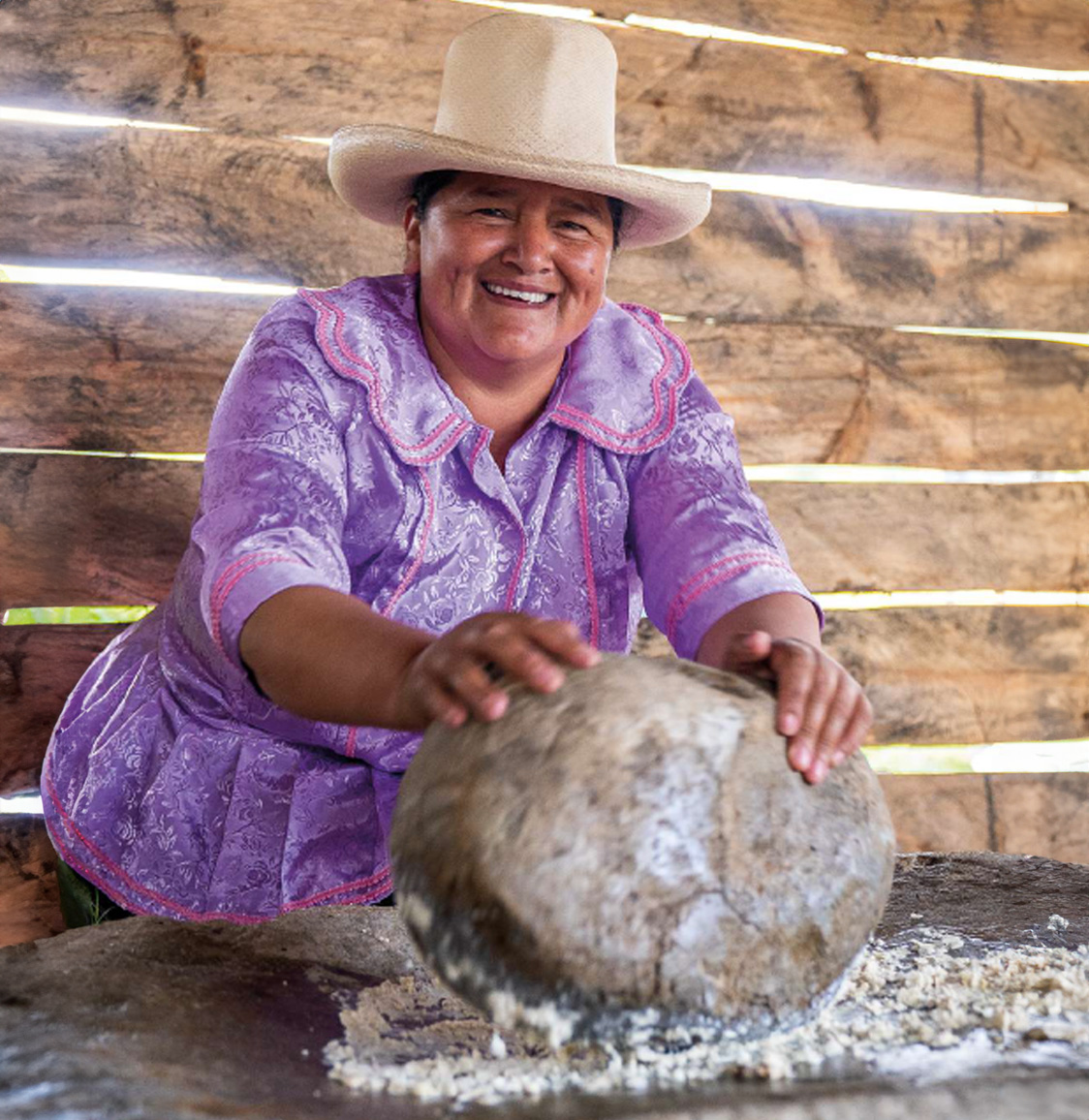Amazonas - Peru
Route: Karajía, Pucahuia Warriors

Chocho or tarwi
It is a legume of American origin, produced in the Peruvian highlands and in Andean areas with temperate and cold climates of Ecuador and Bolivia, between 2,000 and 3,800 meters above sea level.
The residents of Cruz Pata tell that the Warriors Pucahuia (red face) fed on this powerful grain. Furthermore, they considered it as a protector against bad energies that helped them defend their territory. These values endure to this day.
What is the Ecomuseum?
It is a concept that considers a specific territory as an "open-air museum". It has two basic principles: the first is to preserve the real in situ, that is, maintain the relationship between the heritage and the people throughout the territory of the Ecomuseum; the second is that the inhabitants of the community are the heirs of the local culture and hosts, and at the same time, they are also the first guests.
What are cultural landscapes?
Cultural landscapes represent the combined work of nature and man.
The Chachapoya cultural landscape is composed of:

Natural landscapes:
Linked to the worldview Chachapoya.

Archaeological sites and tangible heritage:
They evidence the occupation continuous of the territory for more than 1500 years.

Intangible heritage inherited that continues to be present:
festivities, traditions oral, artisanal techniques, techniques of housing construction, etc.

Agricultural landscapes:
They illustrate the organic evolution of agriculture Andean.
What does it include?
Duration: FULL DAY
- 🏛️Entrance to the Karajía archaeological site.
- 🏛️Entrance to the interpretation center.
- 💬Interpretation and accompaniment by the cultural promoter.
- 🍽️Experience and tasting / Chocho lunch.
- 🎁Souvenir.
- 🚰Mate / infusion / drinking water refill.
Services not included
- 🚫Mobility to or from Cruzpata.
- 🚫Services provided at the tourist office in Cruz Pata, such as horseback riding.
What makes our experiences sustainable?
- 🌳We minimize the use of single-use plastics.
- 🌳We encourage community participation.
- 🌳We promote cultural revaluation.
Make a reservation
Fill out the following form with your information: